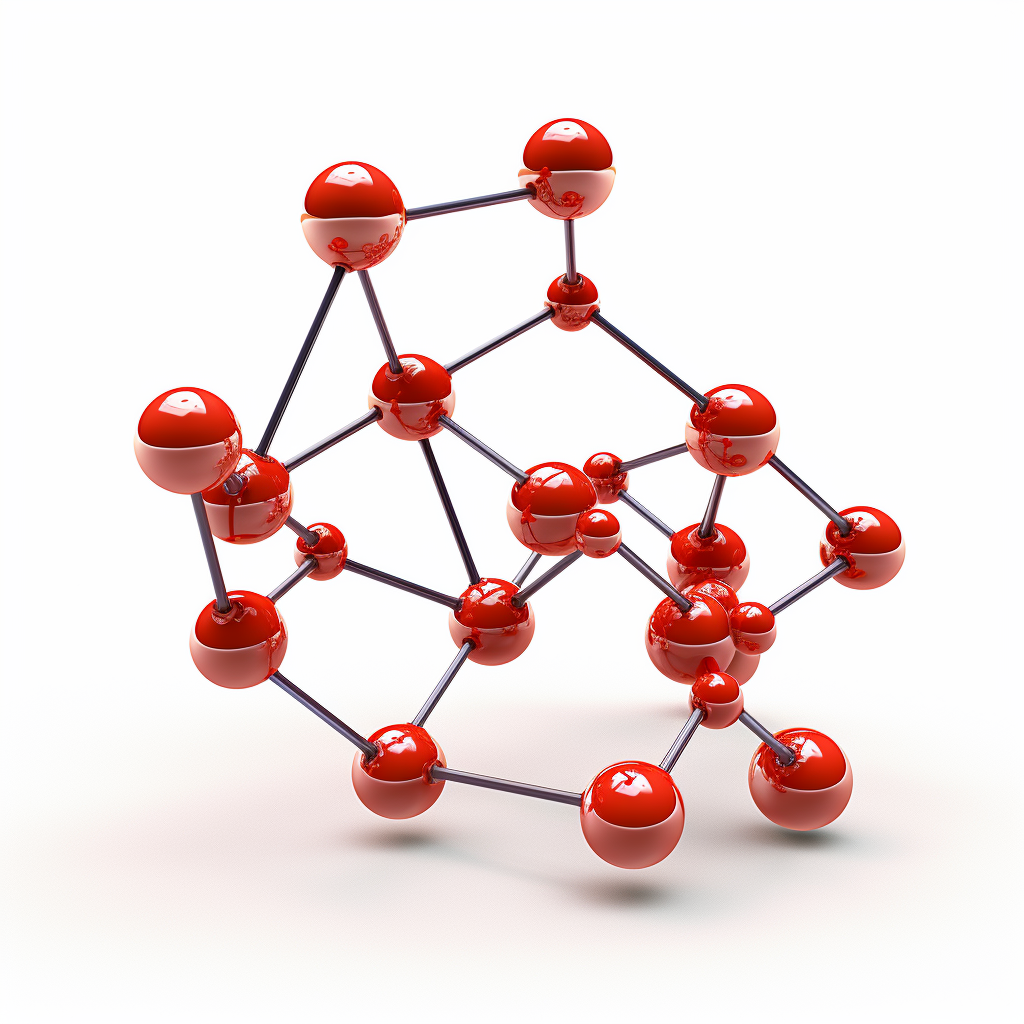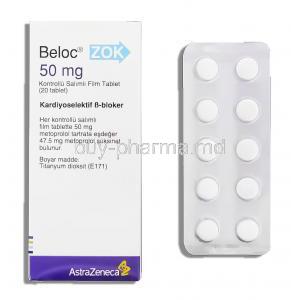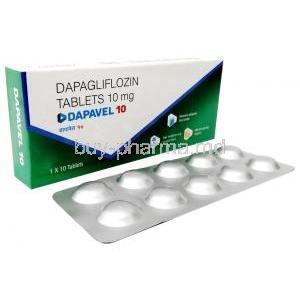Dronedarone
- I. Introduction to Dronedarone
- II. Composition and Properties of Dronedarone
- III. Therapeutic Uses of Dronedarone
- IV. Off-Label Uses of Dronedarone
- V. Mechanism of Action: How Dronedarone Works
- VI. Dosage and Administration Guidelines
- VII. Common Side Effects of Dronedarone
- VIII. Serious Adverse Effects and Warnings
- IX. Drug Interactions and Contraindications
- X. Special Considerations in Administration
- XI. Handling Overdose and Emergency Situations
- XII. Storage and Handling Precautions
- XIII. Important Precautions and Patient Advice
I. Introduction to Dronedarone
Dronedarone: An Overview Dronedarone is an antiarrhythmic drug designed to address the complexities of cardiac arrhythmias. It takes an approach by targeting different electrical pathways within the heart.
Historical Background and Development: The origins of Dronedarone can be traced back to its inception as a modified version of Amiodarone with a focus on reducing organ toxicity. Its development represents a milestone in the field of cardiac pharmacotherapy. Purpose of this Article This comprehensive analysis provides insights into Dronedarone, covering its molecular composition and clinical applications. It aims to provide a view of the therapeutic significance of this drug.
II. Composition and Properties of Dronedarone
Dronedarone chemical makeup is carefully designed to avoid including iodine, which helps reduce the effects associated with previous versions. In terms of its properties, Dronedarone offers a range of the impacts that help control both heart rate and rhythm. This versatility makes it suitable for managing arrhythmias effectively.

III. Therapeutic Uses of Dronedarone
Dronedarone is a medication that was developed as an antiarrhythmic agent for the maintenance of sinus rhythm in patients with atrial fibrillation (AF) 1. It is contraindicated in patients with symptomatic heart failure with recent decompensation requiring hospitalization or New York Heart Association (NYHA) class IV heart failure 2.
There is limited clinical experience with dronedarone in patients with hypertrophic cardiomyopathy (HCM), but it may be considered an alternative to amiodarone or disopyramide (combined with a beta-blocker or a nondihydropyridine calcium channel blocker) for the treatment of AF in patients with HCM, especially in those with an implantable cardioverter-defibrillator (ICD) 2.
IV. Off-Label Uses of Dronedarone
Recent studies have shown that dronedarone has potential in off-label scenarios, such as treating ventricular tachycardia and supraventricular tachycardia 1. However, further empirical evidence is required to support these uses 21. Ongoing research is focused on investigating and validating the therapeutic possibilities of dronedarone 21.
V. Mechanism of Action: How Dronedarone Works
Pharmacodynamics: Unraveling the Heart Response: Dronedarone works by engaging in a dance of mechanisms calming down irregular electrical signals and promoting a steady heartbeat.
Comparative Examination with Similar Medications: When compared to drugs in its class, Dronedarone stands out with its unique characteristics, including a lower likelihood of causing harm to specific organs.
VI. Dosage and Administration Guidelines
Different conditions require dosages of Dronedarone, so it's essential to have a personalized approach for each patient.
To ensure the results, following the prescribed administration protocols and aligning the drug's timing with the body's natural circadian rhythms is crucial.
VII. Common Side Effects of Dronedarone
Frequent Adverse Reactions Overview: Although Dronedarone is typically well tolerated, side effects can range from minor gastrointestinal issues to more significant liver-related concerns.
When managing these mild to adverse reactions, balancing providing relief for symptoms and ensuring continued therapeutic benefits is essential.
VIII. Serious Adverse Effects and Warnings
Recognizing and Handling Significant Side Effects: It is crucial to stay vigilant when identifying and managing adverse effects, even though they may occur rarely. Immediate medical intervention is necessary in cases.
Particular attention should be given to the black box warnings and critical alerts mentioned in the labeling of Dronedarone.
These warnings emphasize the importance of patient selection and monitoring, especially for individuals with advanced heart failure.
IX. Drug Interactions and Contraindications
Interactions with Medications: Dronedarone's interaction with other medications can be pretty complex. It is important to note that it can interact with drugs that either enhance or diminish its effects by affecting the CYP3A4 enzyme for its metabolism. When combined with medications, close monitoring, and potential dosage adjustments may be necessary. Conditions where Dronedarone should not be used;
There are certain conditions where the use of Dronedarone is not recommended. These include heart failure or recent hospitalization due to heart failure, as well as a history of liver impairment. In these cases, the risks of using Dronedarone outweigh the benefits and could worsen underlying issues.
X. Special Considerations in Administration
- Special care should be taken when administering Dronedarone to the population due to age-related changes that can affect how the drug works in their bodies. It is essential to monitor its effectiveness and any potential adverse reactions.
- The safety of using Dronedarone in women and nursing mothers has not been established. Therefore it should only be used if the benefits outweigh the risks to the fetus and infant.
- It is not recommended to use Dronedarone in pediatric patients as its safety and effectiveness have not been established for this age group. If there is a need, for consideration, strict clinical oversight should be exercised.
XI. Handling Overdose and Emergency Situations
Identifying Signs of Overdose: If someone has taken too much Dronedarone, they may experience severe bradycardia, low blood pressure, and irregular heart rhythms. It is essential to recognize these symptoms to intervene promptly.
Taking Immediate Actions and Providing Antidote Information: If an overdose occurs, seeking medical attention is vital. There is no antidote for Dronedarone overdose; treatment primarily focuses on providing support and addressing symptoms. This includes monitoring the heart rhythm and managing any imbalances in electrolytes.
XII. Storage and Handling Precautions
It is essential to store Dronedarone from light and moisture at room temperature to maintain its effectiveness and prevent it from degrading.
When handling Dronedarone, it is advisable to avoid accidental exposure. Any unused or expired Dronedarone should be disposed of in accordance with regulations to prevent environmental contamination.
XIII. Important Precautions and Patient Advice
Patients prescribed Dronedarone should be informed about the significance of maintaining a lifestyle and dietary habits. Any significant changes in these factors can impact how the drug is metabolized and its effectiveness. Patients should monitor their intake of caffeine and alcohol regularly. In addition, educating patients about the importance of following their prescribed treatment, being aware of side effects and attending regular follow-up appointments is crucial. This knowledge empowers patients to comply with their treatment plan and ensures therapeutic outcomes.























